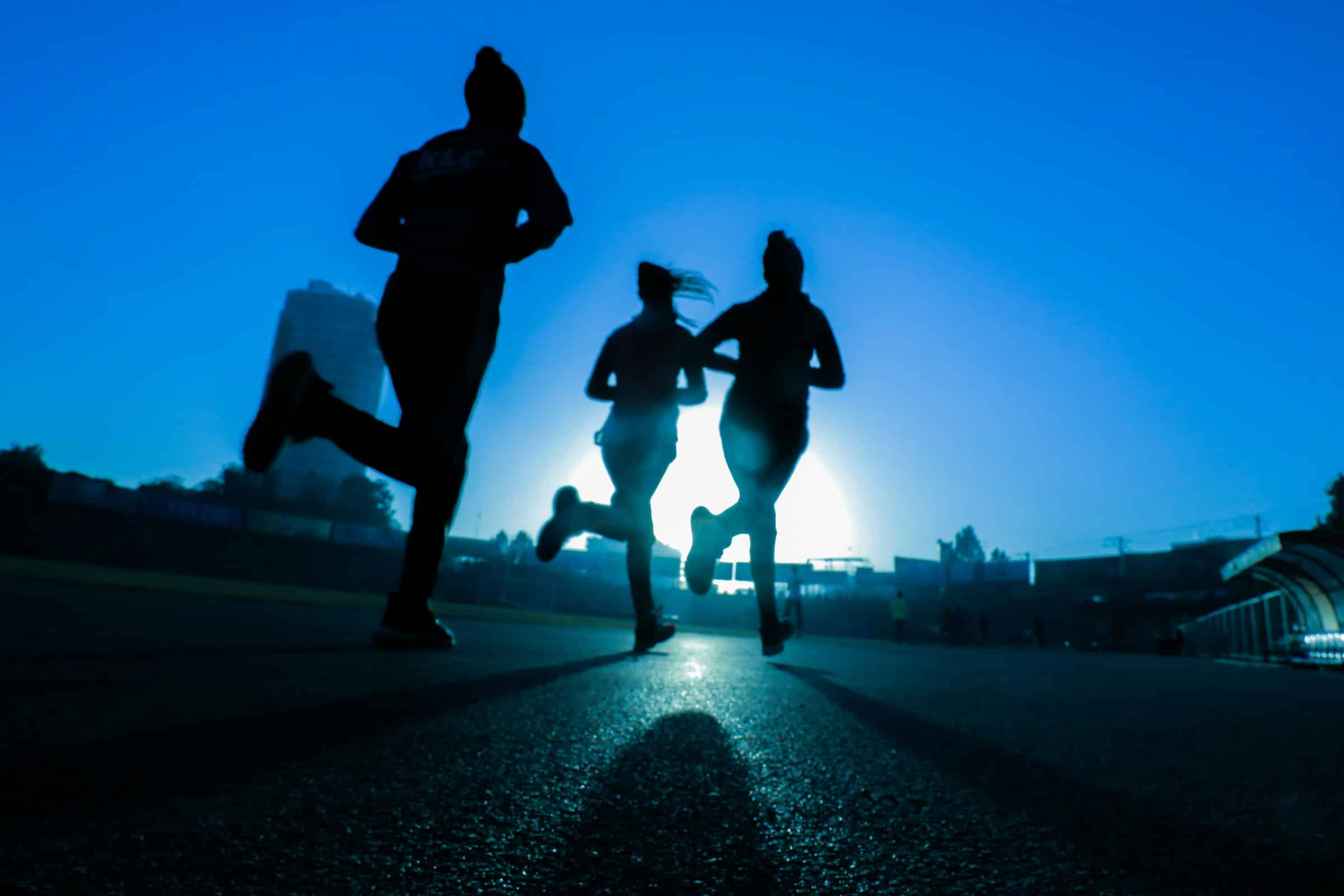As trainers, teachers, and coaches, you always strive to optimize the performance of your students, especially in the world of sports. One such sport where balance plays a crucial role is figure skating. To help your students excel, you need to understand the value of multi-axial stimulation in enhancing balance. This article will delve deeper into the methods and techniques on how to utilize this approach to improve lower body balance, movement, rolling, and extremity control in your students.
The Importance of Balance in Figure Skating
Before we delve into the techniques to enhance balance, let’s understand the significance of balance in figure skating. It’s no secret that the beauty of figure skating lies in the skater’s ability to maintain their poise, all while executing complex and intricate movements on a slippery, icy surface. Underpinning all these performances is the skater’s ability to maintain and control their balance.
Avez-vous vu cela : How Can Hyperbaric Oxygen Therapy Aid in Faster Recovery from Muscle Strains?
Balance in figure skating is not just about preventing falls, it’s about mastering the subtle shifts in weight and body position that allow skaters to perform complex turns, jumps, and spins. Balance is what allows skaters to execute their moves with grace, precision, and power. It also aids in injury prevention, as a balanced skater is less likely to experience a debilitating fall or strain a muscle.
Neuromuscular Training Techniques
Neuromuscular training is an effective method to enhance balance. This type of training works on the principle of neuroplasticity, which is the ability of our nervous system to adapt and adjust to different stimuli. It involves exercises that target the lower extremities, core, and proprioceptive systems, ultimately improving the athlete’s balance, coordination, and stability.
Cela peut vous intéresser : What Are the Latest Techniques in Developing Anticipatory Skills for Tennis Players?
The whole point of neuromuscular training is to train the body and brain to work together more efficiently. The more efficiently they can work together, the better the athlete’s balance and performance will be. As a trainer, you can implement several techniques for your students, including plyometrics, balance exercises, strength training, and agility drills.
The Role of Multi-Axial Stimulation
The multi-axial stimulation refers to exercises that involve movement in multiple planes. It’s not just about moving forward and backward or side to side. It’s about combining those movements, adding in rotations, and adjusting the speed and rhythm of the movements to create a more complex and challenging workout.
Multi-axial stimulation is particularly helpful for sports like figure skating where athletes need to be able to move and balance in all directions. The act of skating itself involves a three-dimensional, multi-axial movement pattern. Therefore, training that stimulates these movements can significantly enhance a skater’s balance and performance.
To incorporate multi-axial stimulation, your training sessions should include a variety of exercises like lunges, squats, and jumps that involve different directions and rotations. Moreover, you can use fitness equipment like balance boards, Bosu balls, and wobble boards to add an extra layer of difficulty to the exercises.
Learning and Adapting New Techniques
The process of learning and adapting new training techniques can be challenging for both the coach and the students. It involves a lot of trial and error, patience, and persistence. However, with the help of technology, this process can be made more efficient and effective.
For instance, you can use Google’s scholar search to get access to research papers and articles on the latest training techniques and methods. This will provide you with a wealth of information that you can use to design and modify your training programs. It’s also important to remember that learning is a group process. Encourage your students to share their experiences, challenges, and insights. This will foster a collaborative learning environment where everyone can learn from each other.
Health and Safety Considerations
While training, it’s crucial to prioritize the health and safety of your students. Make sure they are physically fit and capable of performing the exercises. Start with simple exercises and gradually increase the intensity as they build their strength and endurance. It’s also important to teach them the correct techniques and forms to prevent injuries. If an exercise leads to pain or discomfort, it’s prudent to stop and reassess.
In figure skating, a lot of strain is put on the lower body, particularly the ankles and knees. Therefore, it’s important to include exercises that strengthen these areas. Moreover, don’t forget to include warm-up and cool-down sessions in your training program. These will help prepare the athletes’ bodies for the workout and aid in recovery afterward.
Effective Use of Technology and Resources in Training
As coaches and trainers, it’s crucial to leverage the power of technology to elevate the effectiveness of your training program. A primary resource is Google Scholar, an expansive database that provides access to a vast array of scholarly literature, including research papers, theses, books, and conference papers. Using this tool, you can gather the latest scientific insights into balance training, multi-axial stimulation, and other related topics, thereby enhancing your knowledge and understanding.
By maintaining a proactive approach towards researching new techniques, you can incorporate cutting-edge strategies into your training. For instance, you may come across studies on how balance control can be improved through specific exercises involving the lower extremity. Similarly, you could discover research on the correlation between physical fitness and enhanced motor control, which can inform your approach to conditioning your students.
To do this, simply open a separate window in your browser, type your desired keywords into the Google Scholar search bar, and hit enter. You could use keywords such as ‘multi-axial stimulation’, ‘balance training’, ‘sports phys’, or even ‘figure skating balance’. From there, you can tailor your search by year, author, or publication to find articles most relevant to your practice.
Remember, while research can provide valuable insights, it’s essential to adapt this knowledge to suit your students’ unique strengths, weaknesses, and goals. What works for one athlete may not work for another. As such, customizing your approach based on individual needs is paramount.
Conclusion: Fostering Balance and Performance in Figure Skaters
The art of figure skating demands a harmonious blend of balance, power, and grace. As trainers, our role is to equip our students with the skills and techniques necessary to achieve this harmony. Incorporating multi-axial stimulation into our training program is a proven method to improve balance control, enhance motor skills, and optimize performance.
For an even greater impact, it’s advisable to integrate these practices with the latest research findings, easily accessible via tools like Google Scholar. By doing so, we can ensure our training programs are both evidence-based and tailored to meet the specific needs of our students.
Remember, maintaining physical fitness and ensuring the safety of our students should always be our top priorities. Keep the focus on performing exercises with the correct form and gradually increasing the intensity to prevent injuries.
Through persistent effort, patience, and a commitment to continuous learning, we can help our students master the intricacies of figure skating. We can aid them in becoming not just better athletes, but also more resilient individuals, capable of performing complex movements with ease and precision.
Implementing these strategies is a step towards achieving this goal. So, let’s continue to inspire, educate, and guide our students to their full potential, one glide at a time.






